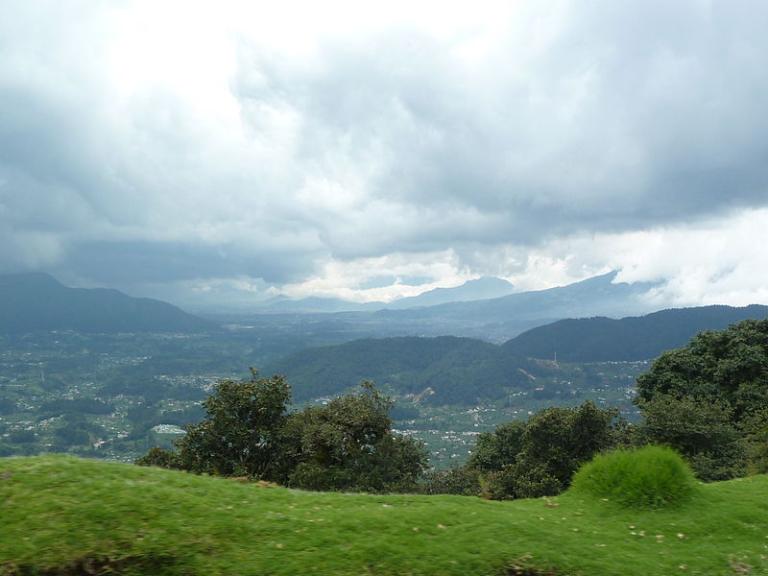
“And thus you shall take your journey into the regions westward, unto the land of Missouri, unto the borders of the Lamanites.” (Doctrine and Covenants 54:8)
Some critics of Mormonism have argued that limited Mesoamerican geographical models of the Book of Mormon (like those that I prefer) are incompatible with such passages as that given above, and with the common Latter-day Saint practice of referring to all Amerindians as “Lamanites.”
Such criticisms, in my view, reflect both an inadequate understanding of the Book of Mormon and a failure to grasp the way genes and human relationships diffuse and ramify over time.
“They did multiply and spread, and did go forth from the land southward to the land northward.” (Helaman 3:8)
From “Mesoamericans in Pre-Spanish South America,” chapter 62 of John W. Welch, ed., Reexploring the Book of Mormon (Salt Lake City and Provo: Deseret Book and FARMS, 1992), 215-217:
“Archaeologists, ethnohistorians, and linguists in recent years have amassed data demonstrating beyond question that for at least four thousand years people, materials, and ideas have moved fluidly between the two American continents. This gives us an avenue for understanding how elements of the localized Book of Mormon civilization could appear over the entire hemisphere. For example, a late Peruvian people like the Incas (prominent in the thirteenth to sixteenth centuries A.D.), while having no direct connection with Book of Mormon events a thousand years earlier, can be safely assumed to incorporate genes and cultural elements from Book of Mormon peoples.”
The article, which is based on research by John L. Sorenson, proceeds to give examples and references supporting that assumption.
“And it came to pass that in the thirty and seventh year of the reign of the judges, there was a large company of men, even to the amount of five thousand and four hundred men, with their wives and their children, departed out of the land of Zarahemla into the land which was northward.” (Alma 63:4)
From “Mesoamericans in Pre-Spanish North America,” chapter 63 of John W. Welch, ed., Reexploring the Book of Mormon (Salt Lake City and Provo: Deseret Book and FARMS, 1992), 218-220:
“Today, archaeologists, linguists, and historians who have studied the matter are agreed that a long sequence of cultural transmissions and migrations moved northward from southern Mexico. . . . [P]eoples and cultural elements have spread by migration and trade from Mexico into North America periodically since well before the time of Christ. Although we cannot identify these movements with the Book of Mormon account specifically, we can see that the kind of migrations northward mentioned in the Book of Mormon are substantiated in general. Through avenues such as these, we again can also see how some of the Jaredites, Nephites, Lamanites, or Mulekites, or their descendants, or aspects of their culture, could easily have spread out, here a little and there a little, over the North American continent.”
The article, which is based on research by John L. Sorenson, offers a number of references supporting that idea.
If cultural features and commercial goods traveled northward from Mesoamerica, it’s scarcely unreasonable to expect that people did, as well. And that they sometimes intermarried and settled.












